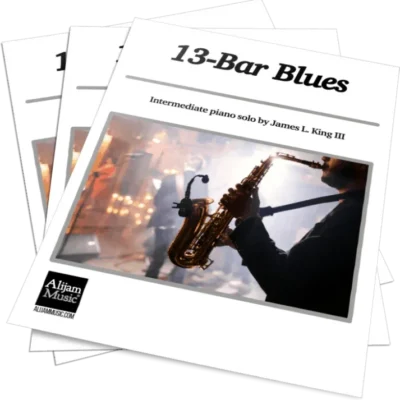Description
Music was one of the last areas of Native American culture to receive scholarly attention. In the 1890s, the Smithsonian Institution’s Bureau of American Ethnology began to encourage active collecting of Native American music. Early work in preserving and studying the music was undertaken principally by women.
The Ojibwa (known in the US as Chippewa) have a rich musical tradition that has been a vital part of their culture. Performance styles have changed over the years: music has been borrowed from neighboring tribes, and the dwindling number of speakers of the Ojibwa language has led to a declining use of meaningful song lyrics; an ever-increasing number of songs are performed only to vocables.
The Chippewa were among the first Native Americans to have their music extensively recorded, due mostly to the efforts of Frances Densmore, born in Red Wing, Minnesota, in 1867. Her work was supported by the Bureau of American Ethnology, which published her first major book, Chippewa Music (1910), (which is the source for this Processional) and its companion study, Chippewa Music-II (1913).
The melody, taken verbatim from Chippewa Music, would have been performed at an Initiation of the First Degree (a ceremony determining who would be the medicine man for the tribe) has been transposed to make it easier to play, and has been harmonized in a style that, while not authentic, is intended to capture an indigenous quality.
The music would be sung at the ceremony four times, with a different lyric the very last verse. In performance, the piece may be played two to four times. Because of the strophic nature of the piece, dynamics may be altered to add variety, and the tempo may be slightly slower on the very last repeat.
Key: A minor
Mood: brisk, honorable, serious
Pedagogy: parallel fifths, mixed meter, hand position changes





Reviews
There are no reviews yet.